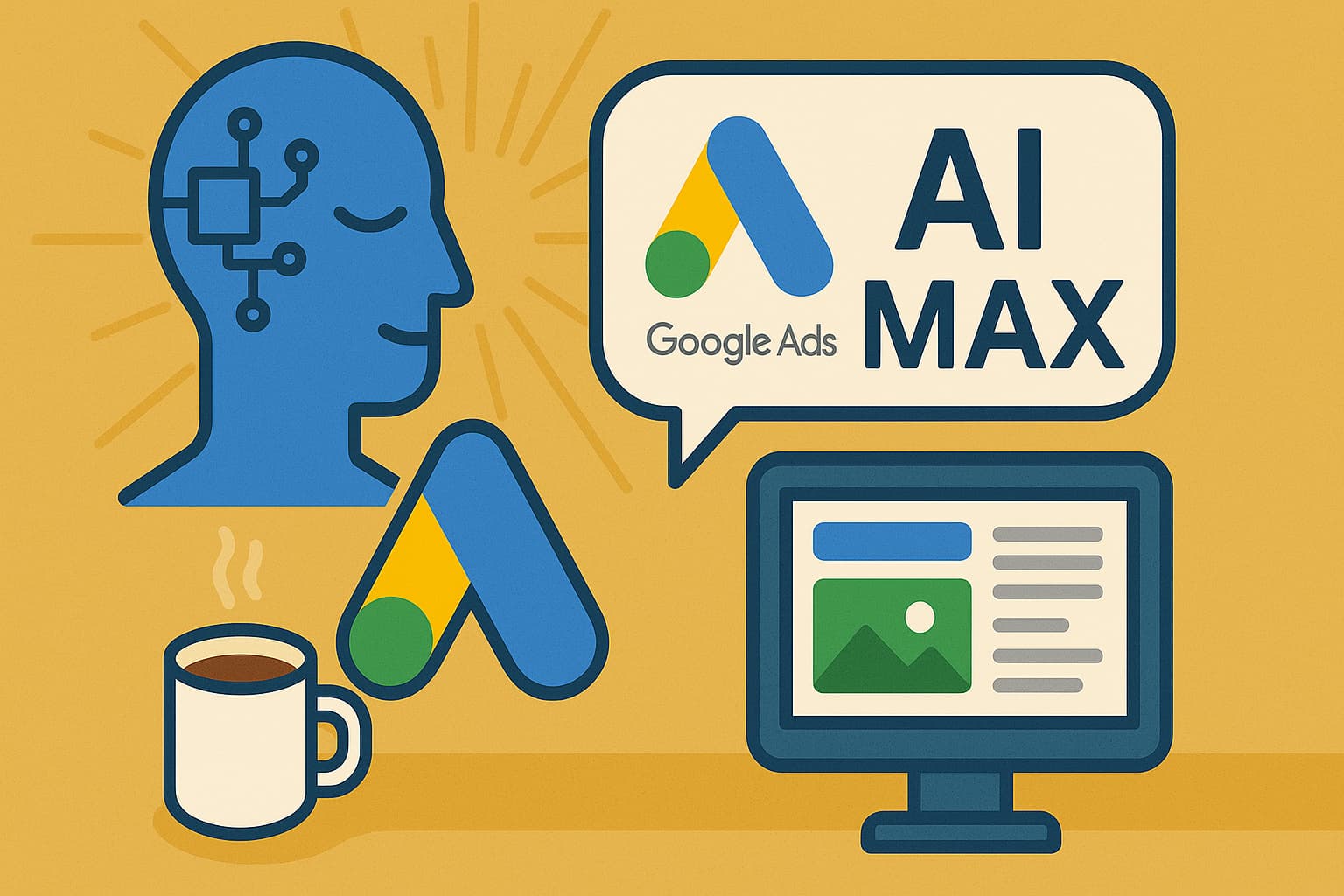As someone who grew up in the 90s, Concerned Children’s Advertisers (CCA) public service announcements were a regular occurrence during TV time. People probably wouldn’t recognize the name CCA but they would remember the most famous of these PSAs; the Don’t Put It In Your Mouth song and the House Hippo. The CCA was a Canadian non-profit founded in 1990 to spread awareness to children aged eight to 12 on all kinds of topics, from self-esteem to stranger danger.
The CCA saw the importance of children learning media literacy and believed that they should be given the tools to interpret the media. Their TV&ME PSA was my least favourite thing on TV and I would regularly switch the channel whenever it came on. I still can’t pinpoint what it was that annoyed me about it, whether it was the poorly animated TV or just how often it was shown, but I now know that as an adult I look back at it with a bit of skepticism because I now know the major private companies behind the CCA: McDonald’s, Disney, Mattel, PepsiCo., Hasbro, Kellogg’s, Hershey’s, Nestle and many more.
It’s obvious what all these companies have in common: they’re either food or toy based production companies that rely heavily on children as their target audiences. Although the CCA eventually changed its name to Companies Committed to Kids and eventually defunct in 2017 after almost 30 years of creating and running child-focused PSAs — they did have a lot of influence. Many Canadian standards in children’s advertising come from rules the CCA proposed but it’s hard to take it seriously when it turns out to be the biggest corporations that are guilty of advertising to children were behind the non-profit.
Children’s advertising laws have changed a lot over the last 20 years. In Canada, our favourite cartoon characters used to be used in marketing designs to sell us food, toys, home goods, toothpaste — you name it. However, Canada has since passed laws saying that the advertising of products, premiums or services cannot be promoted or endorsed by puppets, persons, characters or cartoon characters that are well known from children’s programming. Children also have a certain set of rules when it comes to food advertised towards them. Remember all those fun cereal commercials you used to see? Now they’re much less animated and always paired with orange slices, because regulations say children’s food advertisements need to be shown as part of a healthy breakfast.
Although we have a lot of regulations around what can be shown to children on TV, we hardly have any when it comes to the Internet and advertisers are finding ways to do so through the increasingly popular use of video on social media. It’s important to note that it has been proven that children under the age of eight cannot mentally interpret advertisements with a critical eye and have a hard time distinguishing between fantasy and reality. (American Psychological Association (2004), “Report of the APA Task Force on Advertising and Children”, American Psychological Association, Washington, DC.) The fine line between advertising and entertainment is often blurred when it comes to children’s media because kids don’t know that commercials are meant to make you want to buy something, they think it’s just to showcase a cool new toy or treat.
Children have enormous buying power and advertisers know that. Companies will do whatever they can to get parent’s money even though children’s advertising states that ads targeted towards kids must not urge children to want to purchase a product. How are they doing it? Through the loophole known as YouTube.
If you have a kid under the age of eight, you’ve probably heard of Ryan ToysReview. If you’re not a parent, Ryan ToysReview is a children’s YouTube channel where seven-year-old Ryan opens fun, colourful toys and plays with them. His channel boasts 19 million subscribers and over 29 billion video views. Ryan’s channel is targeted towards children and the success of the channel has brought Ryan the opportunity to make his own line of toys that his subscribers can buy at Walmart and even his own TV show on Nick Jr. Although the channel touts the name “ToysReview”, there is hardly any reviewing of these toys — just lots of showing off the toys and playing with them. From Pokémon to giant gummy candy makers, Ryan has done it all.
TV regulations currently have a standard for how often children’s advertisements can be shown and when. However, these rules don’t apply to YouTube. Although legally each ad can only be shown once for every half hour of children’s TV programming, Ryan ToysReviews videos can be up to 20 minutes of product placement. This is where it’s important to bring back the fact mentioned earlier that children under the age of eight cannot tell the difference between an advertisement and a fun, colourful video backed with happy music. To children, Ryan’s videos are just a little kid having fun with particular, name brand™ toys. They don’t realize they are being sold these products by someone who has been paid to show them off.
Toy channels are not the only ones guilty of this. Jake Paul is an infamous lifestyle vlogger with 19 million subscribers and is known for his loud, obnoxious videos filled with dangerous stunts and outrageous pranks. Jake is no stranger to controversy as he’s been under scrutiny for almost everything, from illegal online gambling promotion to unfair workplace practices, in the last two years. One issue adults have with Jake Paul is his influence of “pester power”. Pester power is when kids beg their parents enough (also known as pestering) to buy them a product and the parent folds to appease the kid. To adults, it’s obvious that Jake is promoting his brand, but to his audience, which is primarily young children and pre-teens, it’s just Jake being Jake. The influence of Jake Paul became the subject of controversy when his “All I Want For Christmas” music video came out in December 2018. Currently sitting at 16.4 million views, the song is literally just a plug for Jake’s merchandise. With a chorus of “Buy that merch” and lyrics telling his subscribers how they need to bug their parents to buy them his merchandise as a Christmas gift. Much like Ryan, Jake’s videos can be up to half an hour in length, with half of that 30 minutes being mentions of Jake’s online store, newly released songs, promotion of his friend’s brands, and (let’s not forget) all the products you can see deliberately placed in the background.
Advertising like this would never be allowed on TV but it slips through the cracks unnoticed on YouTube. Toy channels and obnoxious product placement in videos is nothing new and it took the influence of pester power before parents noticed that their children were being illegally advertised towards through social media platforms. Although some disclosure rules have been placed on YouTube, such a “paid promotion” belt on sponsored videos or the UK requiring influencers to use #ad in sponsored content, this does nothing to push away children or their want for the next cool thing. Peer pressure and the need to fit in are part of the human experience and digital platforms such as YouTube only push those insecurities further. No one wants to be the odd one out when all the other kids are playing with the hottest, new toy.
YouTube’s selective hands-off approach with many of the platform’s issues is becoming a problem when it comes to children’s advertising. Without even thinking about it, YouTube is now a major player in the world of everything kids, from toys to movies. The rise in popularity of toys like L.O.L Surprise Dolls or slime has been accredited to trends birthed on YouTube and are now multi-million dollar industries. Platforms that want to continue hosting content created specifically for children should be taking more responsibility of what is uploaded to their site and create advertising regulations and standards that content creators should be upheld to. The Internet is a big place without a lot of rules when it comes to advertising and because of this: it’s important that children aren’t made subject to unethical advertising and learn media literacy for themselves. As we consume less and less traditional media and turn to digital platforms such as YouTube for entertainment purposes, it’s important that these platforms are upheld to the same standard that TV currently is.
Recent Posts
Boost Business Efficiency with Google Workspace Automation Tools
Streamlining Your Business with Google-Based Automations Hey there, fellow business owners! If you’re like most of us, you probably feel like there just...
Harnessing Google Tag Manager for Better User Insights and Performance Tracking
Unlocking the Power of Google Tag Manager: Simplifying Tracking and Understanding User Behavior Hey there, fellow business owners! If you’re navigating the digital...
AI Max: Transform Your Google Search Ads Strategy Today
Unleashing the Power of AI with Google Ads’ New AI Max Hey there, fellow business owners! If you’re anything like us at Strong...


